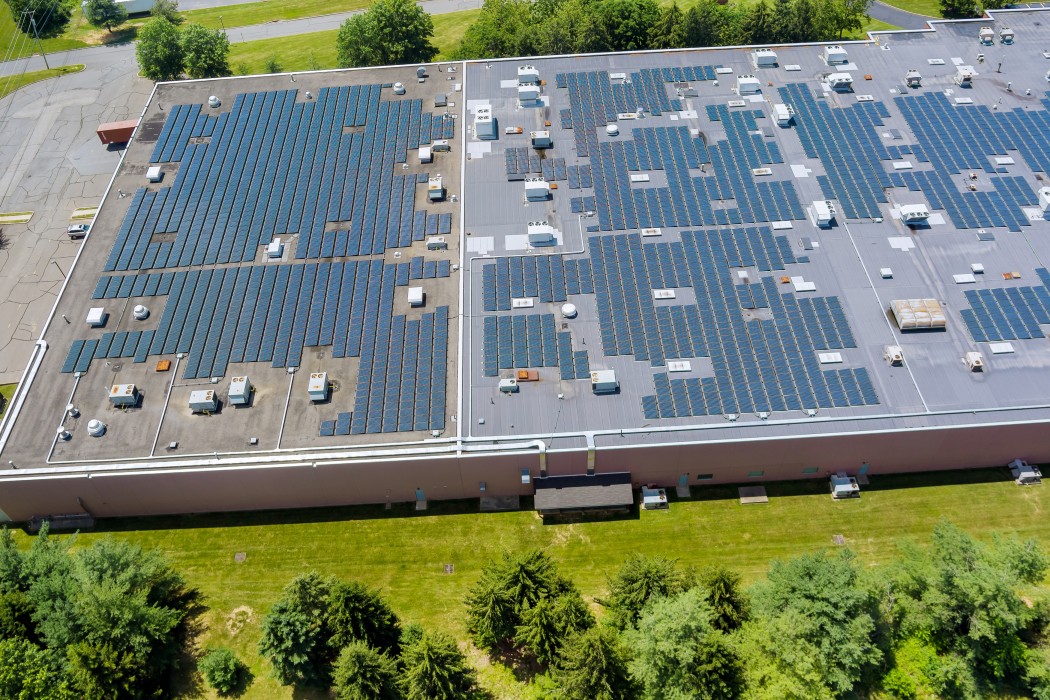The rising monthly electricity expenses burden the company operational costs. In addition, non-renewable resources face a greater ecological consequence.
Now is the time to shift your company to solar power. Since it produces no pollutants, solar energy is one of the cleanest and most reliable sources of power. This energy source does not need much attention and maybe implemented quickly.
You will be involved in two crucial collaboration activities if your firm plans to utilize solar power for business.
Administration Steps
Your solar service provider is expected to fully understand about commercial solar panel installations and is aware of what utilities you need from the start of the setup. This arrangement will only last until the agreement is finished. These two people will administer all utility processes.
- The project coordinator will make sure that the solar project is implemented during the project’s duration.
- The interconnection supervisor will handle the technicalities of linking the solar system to the utility’s connection.
Installation Procedures
Solar Panel utilities vary considerably from one installation to the next. Because of this, all utility companies have their unique laws and regulations concerning the implementation of solar panels in the electrical system.
That is the only job for which the project manager and interconnection coordinator are accountable: They must be aware of all legal requirements and keep their work current.
Every part of the process will have five necessary steps before the solar system can be put into use.
- Onsite inspection: A sequential inspection process that looks at everything that may affect the overall performance of the solar panel will begin with a solar for business installation. This will help us to settle the location of the solar system definitively.
- Determining Installation Layout: This design primarily includes two diagrams: a single-line electrical circuit schematic. The other is a solar array site design, as well (s).
- Getting Permission: Once the on-site inspection is completed, the inspector will notify your utility company to let them know that the solar system meets all operational requirements. Your utility supplier will permit you to start your solar energy system after reviewing the information page. The project manager will finalize the overall design and ensure all necessary permissions are secured while waiting for utility approval.
- Preparing the Building: It’s the project manager’s responsibility after the utility authorizes the solar for business and installation has begun. Once the application is processed, government authorities (typically from the city or state) inspect everything to ensure everything is done to the letter.
- Installation: Having obtained authorization from the utility, the project manager will proceed with the commercial solar panels. Once the utility finishes with the final assessment, you will reroute the power and go to work generating solar power. The project manager may stay on the job to ensure the system monitoring is in place and that everything is to specifications.
Finally, when the solar panel works, you will contribute to the world’s ecological cause while simultaneously lowering your energy expenses.


